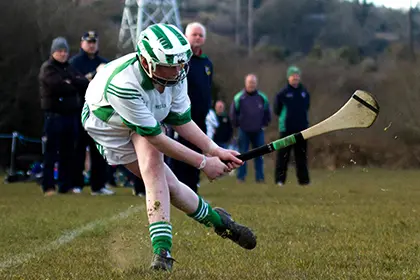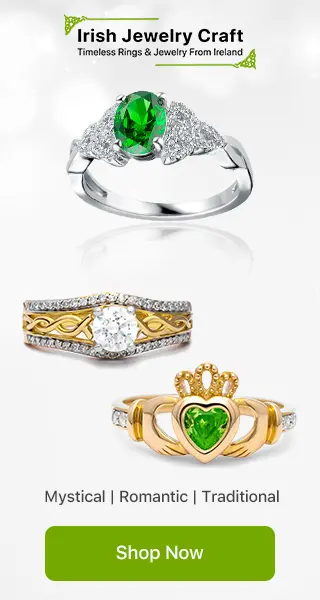
Hurling, known in Irish as iománaíocht, is one of Ireland’s native Gaelic games, and a quintessential part of Ireland’s culture and sporting identity. Believe it or not, the sport of hurling actually predates the recorded history of Ireland, as well as the arrival of Christianity to the Emerald Isle. The oral history of hurling being played in Ireland dates right back to 1200 BCE in a place called Tara in County Meath. In this article, we are going to explore the history of hurling, how it is played, and the impact the sport has had internationally outside of Ireland.
The History of Hurling

As mentioned earlier, there are records people playing a version of hurling in Ireland which date back thousands of years to around 1200 BCE. To put that into contact, this is around the same time that the first civilisation in Central and North America developed along the coastal regions and southern part of the Gulf of Mexico. However it was not until the founding of the Gaelic Athletic Association in 1884 that the game was properly organised and regulated with a common set of written rules. The establishment of the GAA in the town of Thurles in County Tipperary would pave the way for what we now know as the modern structure of hurling; a mix of country-wide competitions at both club level and inter-county level, culminating in the annual All-Ireland final which takes place at the iconic Croke Park stadium in Ireland’s capital city, Dublin.
How Hurling is Played

Before we go any further, it’s vital to establish exactly what hurling is as a sport, and how it is played. Hurling is a high-paced and very physical contact sport played between two teams. Each team consists of 15 players known as hurlers. Each player uses a specially crafted wooden stick known as a hurley or a hurl (depending on which part of Ireland you hail from). The ball, which is known as a sliotar has a cork centre and is wrapped in leather. The object of the game is to use your hurley to hit the ball either above the goalkeeper’s crossbar or else below it and into the net for a goal. A sliotar hit over the bar is worth one point, while a ball that is hit underneath the bar and into the back of the net is a goal worth three points. Each game consists of two 35 minute halves, with the team with the most points at the end of that time claiming victory. It is played on a grass pitch similar in some respects to a rugby pitch but larger, and all players must wear a helmet (a rule which was cemented in the game back in 2010).
Hurling is a beautiful and exhilarating sport to watch, with games frequently offering plenty of drama, high-scoring scenarios, and fast-paced tight endings. Most boys and girls across Ireland will learn and play hurling as part of their physical education in school. It’s important to note that hurling is played exclusively by boys, with the girl’s version virtually the exact same sport known as camogie. Children who progress and excel in hurling often play for both their local club and their school team in the hopes of one day playing for their county. The island of Ireland comprises of 32 counties, meaning their are literally dozens of clubs that compete at inter-county level. Some of the more popular hurling competitions in Ireland include; the All Ireland Senior Hurling Championship, the National Hurling League, the Christy Ring Cup, and the Nicky Rackard Cup. Most if not all of the big and important hurling matches are shown across two of Ireland’s premier broadcasters RTÉ and TG4. The RTÉ player is free to download and watch anywhere in the world, and I would encourage anyone reading this article to get the app and watch the next hurling match advertised, you will not be disappointed.
Hurling on an International Scale

Finally we would like to add that while hurling and Gaelic football are played primarily in Ireland in a similar style to American sports, mass Irish emigration over the years has led to the establishment of clubs all over the world. It’s no surprise that teams and competitions have been established in Ireland’s nearby neighbours England and Scotland. However would you believe that clubs have also been established and continue to play in parts of Argentina, Australia, South Africa, and North America and Canada.
We'd like to end on a notoriously comical quote from former professional golfer turned broadcaster David Feherty who once described hurling as ‘a bit like a cross between lacrosse and second degree murder.’
Would you like to know more about irish heritages? Know more about Irish Jewelries and Claddag Rings



